
Kraken - TUCTF
Unleash the Kraken

Unleash the Kraken
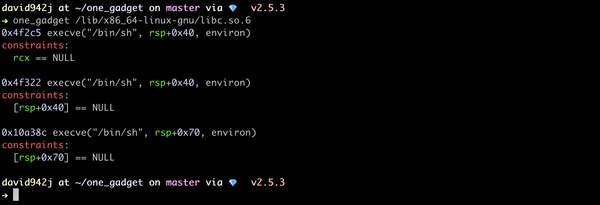
This post is a write-up for the pwn.hateful challenge in Nullcon Goa HackIM 2025 CTF. root@72f9eb9e3ebc:/chal/NULLCON/hateful# ./ld-linux-x86-64.so.2 --library-path . ./hateful My Boss is EVIL!!! I hate my Boss!!! These are things you really want to say to your Boss don't you? well
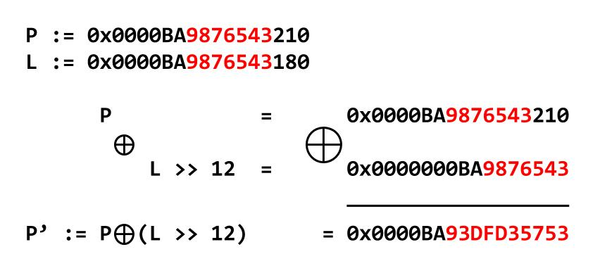
This post is a write-up for the pwn.hateful2 challenge in Nullcon Goa HackIM 2025 CTF. root@72f9eb9e3ebc:/chal/NULLCON/hateful2# ./ld-linux-x86-64.so.2 --library-path . ./hateful2 _______ _________ _______ _______ _ _______ |\ /|( ___ )\__ __/( ____ \( ____ \|\ /|( \ / ___ ) | ) ( || ( ) | ) ( | ( \/| ( \/| ) ( || ( \/ ) | | (___) || (___) | | | | (__ | (__ | | | || | / ) | ___ || ___ | | |

Writeups
By Smallfoot Feb 1, 2025

Writeups
A CSAW '24 Quals challenge
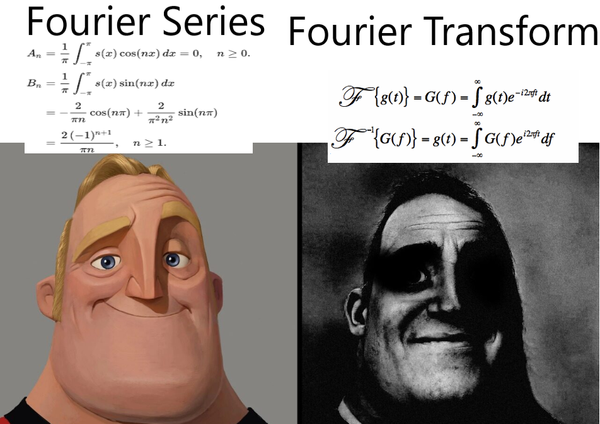
Writeups
Maybe next time you should record your music in an acoustically treated space by slimecat Plug This challenge was written for CSAW 2024 qualifiers by a member of NYU's OSIRIS Lab. CSAW is the world's most comprehensive student-run cybersecurity event and it's hosted here

Writeups
This was the easiest rev challenge in brics+ CTF, hosted by ITMO in Russia with the support of several (as of the time of writing) US sanctioned Russian companies. The challenge includes two files, exfilter.ko, a kernel module, and exfilter_traff.pcapng, a network capture. Opening exfilter_traff.pcapng
Subscribe to stay up to date on OSIRIS events and secrets 👀
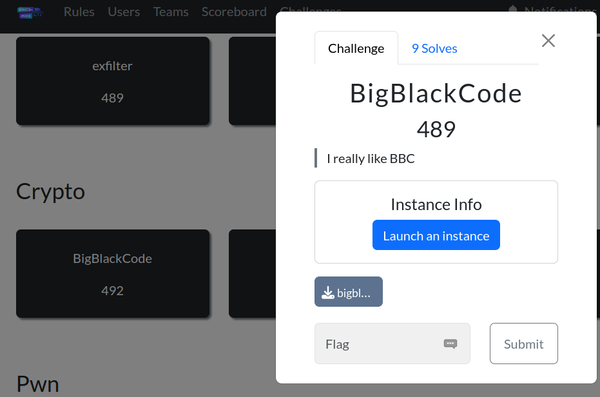
This is the first, and easiest challenge in the brics+ CTF, hosted by ITMO in Russia with the support of several (as of the time of writing) US sanctioned Russian companies. This challenge suggests that you have to send a tiny ELF x64 executable which calls /bin/sh or equivalent.

shellcoding using hash functions! hash it 0 The hash-it-0 challenge is from DEFCON’s 2022 qualification round. It is like a normal shellcoding challenge but with mild steroids… The challenge involves shellcoding and we need to encode the shellcode for the target program to process and execute. Analysis The challenge

By applying traditional fuzzing techniques, we achieved high throughput SMT constraint solving. We were able to achieve 23 billion execs/s using GPU acceleration. SMT solvers typically apply very complicated algorithms to determine if a set of constraints is satisfiable (and produce a solution). The approach that we have taken

This year’s CSAW quals was the first time I authored a challenge, the challenge is called krakme and it was a 200pt rev challenge. You can view the challenge files in the repo here. The idea for this challenge was formed after reading this paper The impact of GPU-assisted
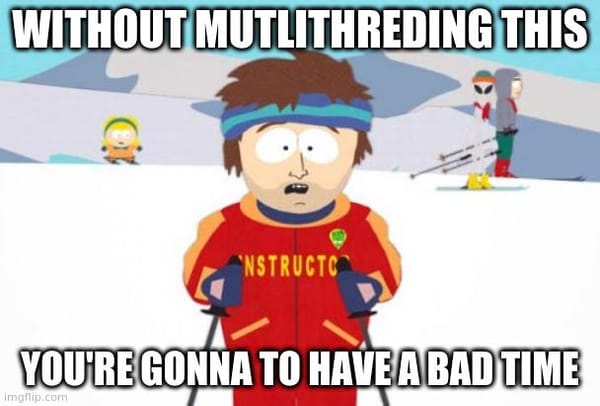
CTF Writeup for DawgCTF 2020: Where we roppin boys? DawgCTF 2020: Where we roppin boys? (350 points) * Challenge author: trashcanna Challenge files can be found here. Overview The rop program we are presented with is quite simple. main runs the welcome function, then the tryme function. The welcome function mmaps
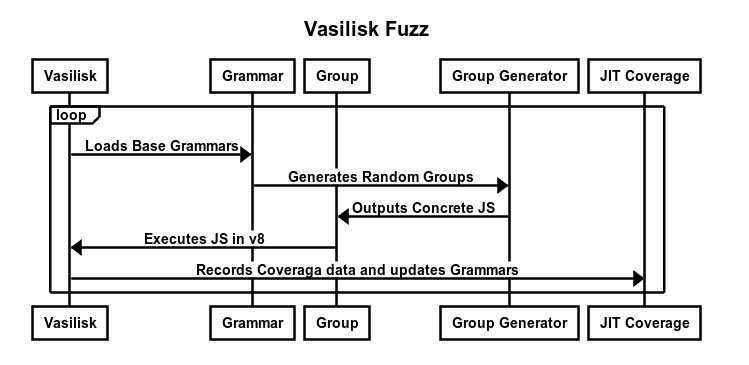
Vasilisk is a V8 JIT fuzzer that focuses on optimization passes. Background Fuzzing consists of randomized input generation to automate the process of finding crashes in programs. The probability of finding a crash increases as code coverage in the application increases. In a well formed fuzzing campaign, test cases are
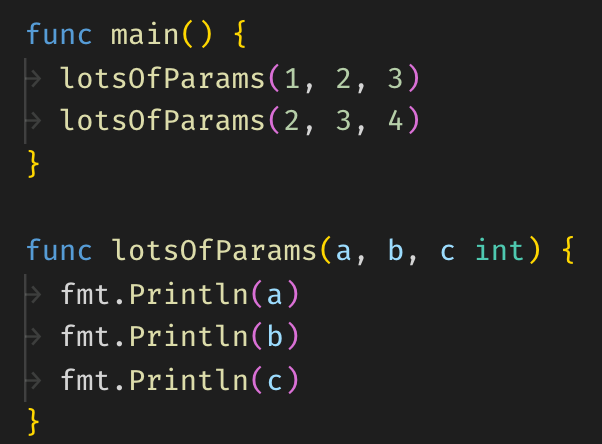
This post is on how the Ghidra decompiler works, and how to make it work for Go. Part 1 At the time of writing, the most recent major version of Go is Go 1.13 golang.org The most recent major version of Ghidra is Ghidra 9.11 github.com/

This will be part of a multi-part post on Go binaries and reverse engineering them. Part 2 At the time of writing, the most recent major version of Go is Go 1.13 Why Go? Go has been part of a new wave of malware for a variety of reasons.
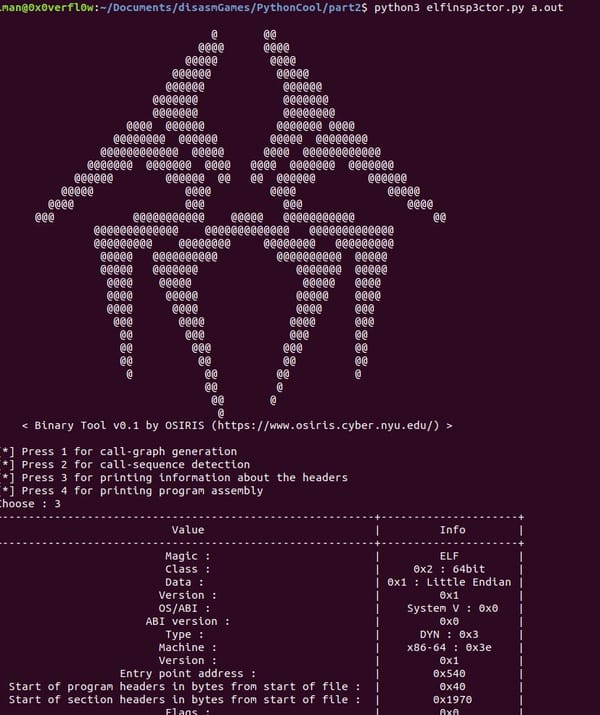
To learn how tools like IDA work under the hood, and learn more about binary analysis, I made OBIN for Osiris Binary analysis tool which does the following: * Parsing the elf file and show the information in the header * Disassembling the sections which include program code (there is also an
The OSIRIS Lab is very happy to welcome two new Hackers in Residence this fall! Nick Gregory, whose contributions as a lab member the past several years have been invaluable, and Alexei Bulazel, whose lectures have been incredibly insightful and forced us to learn. We look forward to working with
Our economy is becoming more specialized and more and more tasks are being automated. We must have confidence in these systems and the technical infrastructure that supports them. However, this confidence relies on too much implicit trust – overlooking serious risks. Assurance in this area is hard won, manual, and costly.
When exploiting a program, there's four primary regions of memory that matter to us: * The program itself * The stack * libc * The heap All of these may be at randomized addresses, but a complex exploit will often need to interact with each of them. So how can we figure